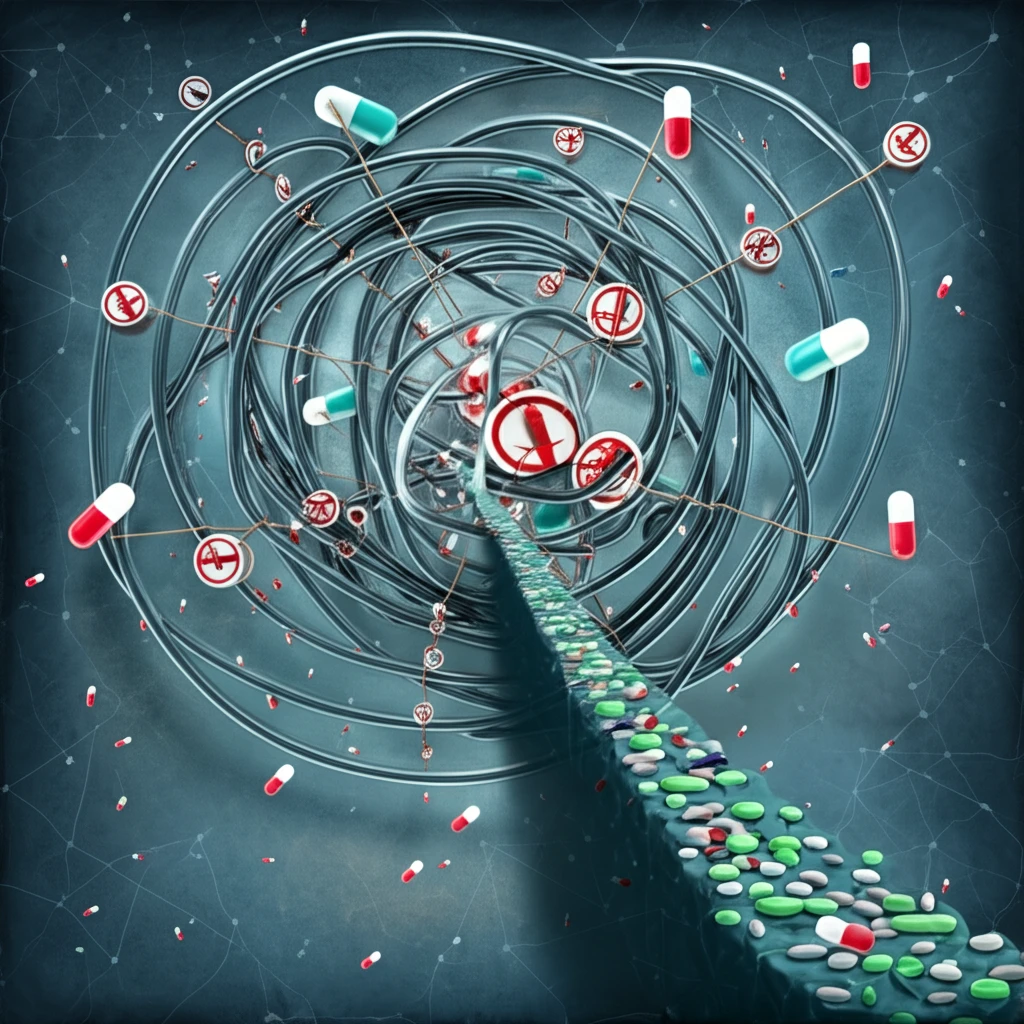
Gabapentin and Substance Use: Unmasking the Truth About Misuse and Treatment
"Is gabapentin the answer to treating substance use disorders, or a hidden risk? Belgian study reveals surprising insights into gabapentin use and its potential for abuse."
Gabapentin, a medication primarily licensed in the European Union for neuropathic pain and epilepsy, has also found its way into the treatment landscape for substance use disorders. While it holds promise for some, concerns linger about its potential for misuse, particularly among individuals already grappling with addiction.
The burning question is: Are individuals in treatment for substance use disorders at a higher risk of misusing gabapentin? Do they exceed recommended dosages in their pursuit of relief or altered states? A recent study in Belgium sought to shed light on this issue, providing valuable insights into the utilization patterns of gabapentin within this specific population.
This article delves into the findings of that Belgian study, dissecting its methodology, results, and conclusions to provide a comprehensive understanding of gabapentin's role in substance use disorder treatment. We will explore whether the study found evidence of widespread misuse, and what the implications are for prescribing practices and patient safety.
Decoding the Belgian Gabapentin Study: Methodology and Key Findings

The Belgian study, a cross-sectional analysis spanning from 2011 to 2014, meticulously examined data from two key sources: the Treatment Demand Indicator (TDI) database and the InterMutualistic Agency (IMA) database. By linking these datasets at the individual level, researchers were able to track gabapentin purchases among individuals undergoing treatment for substance use disorders.
- Selection of subjects based on their first registration in the TDI database between 2011 and 2014, without exclusions based on nationality or age.
- Linkage with the IMA database to gather information on health service and medication use.
- Matching each subject with four comparators from the general population who were not in specialized treatment, based on age, sex, and place of residence.
- Quantification of gabapentin amounts between consecutive purchases as a proxy for potential abuse, defined as exceeding the maximum approved dose of 3600 mg/day.
The Verdict: Gabapentin Abuse in Belgium, a Limited Concern?
Despite the increased likelihood of gabapentin use among individuals in substance abuse treatment, the Belgian study found no evidence of widespread, regular abuse exceeding approved dosage. The data suggests that gabapentin procurements occur primarily through legitimate channels like pharmacies and hospitals, not through illicit means like online purchases or local drug dealers.
